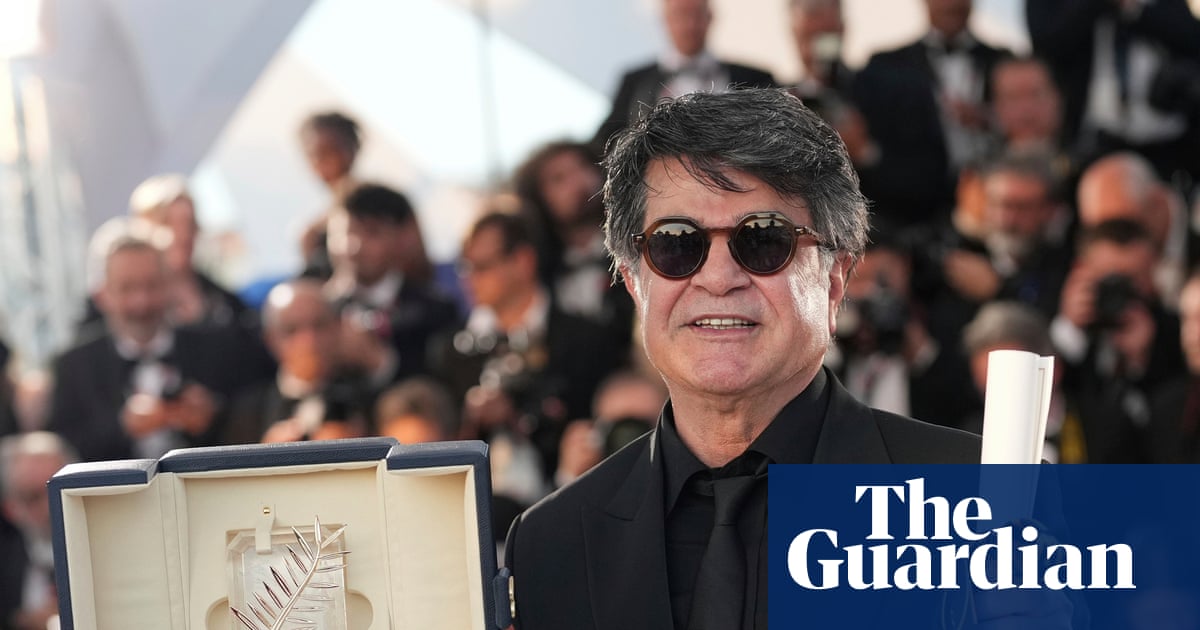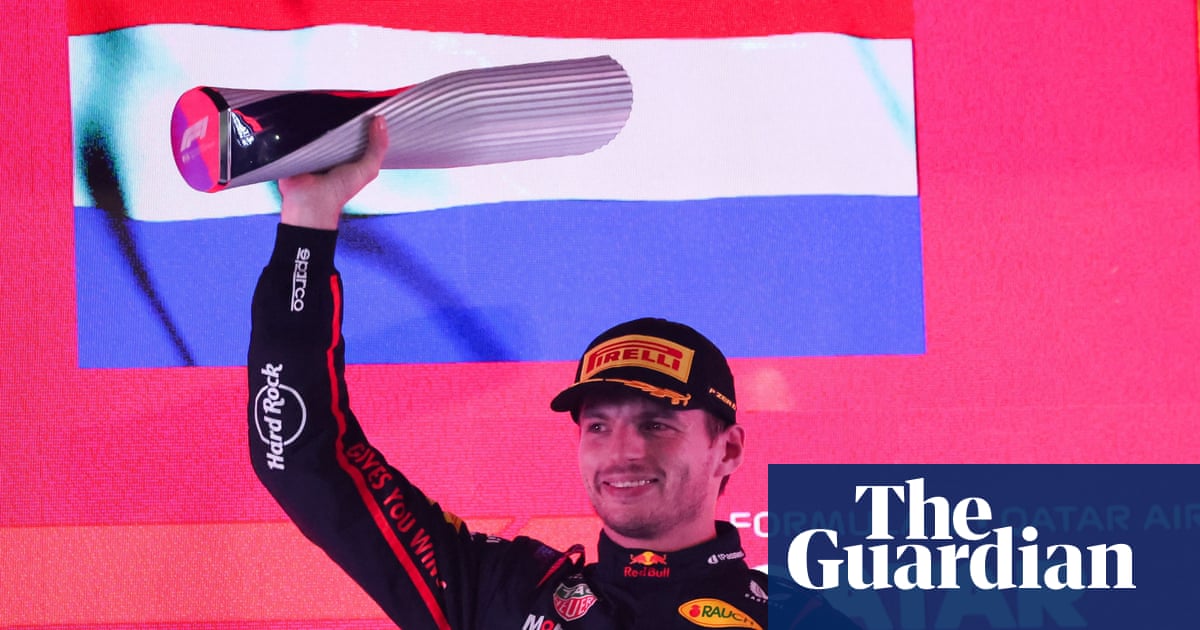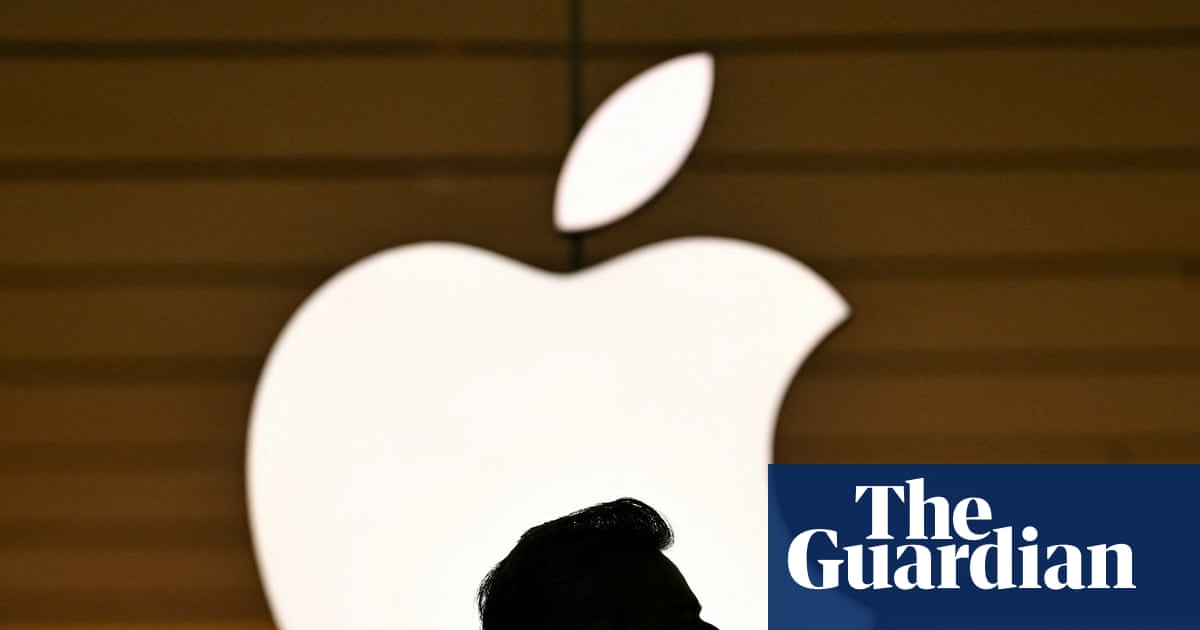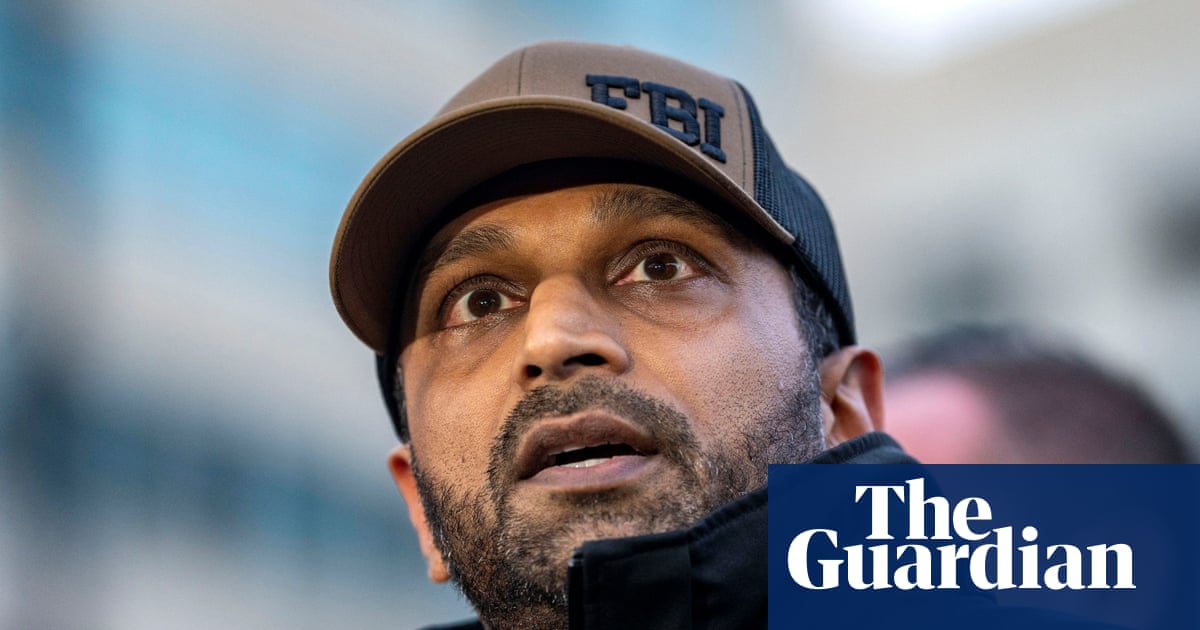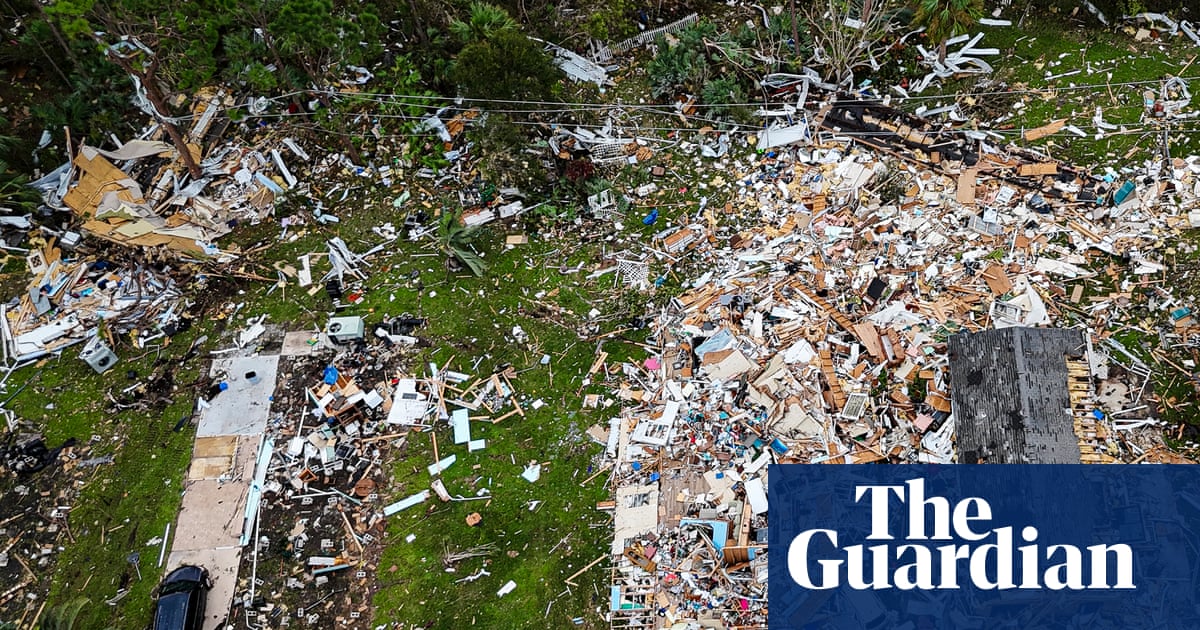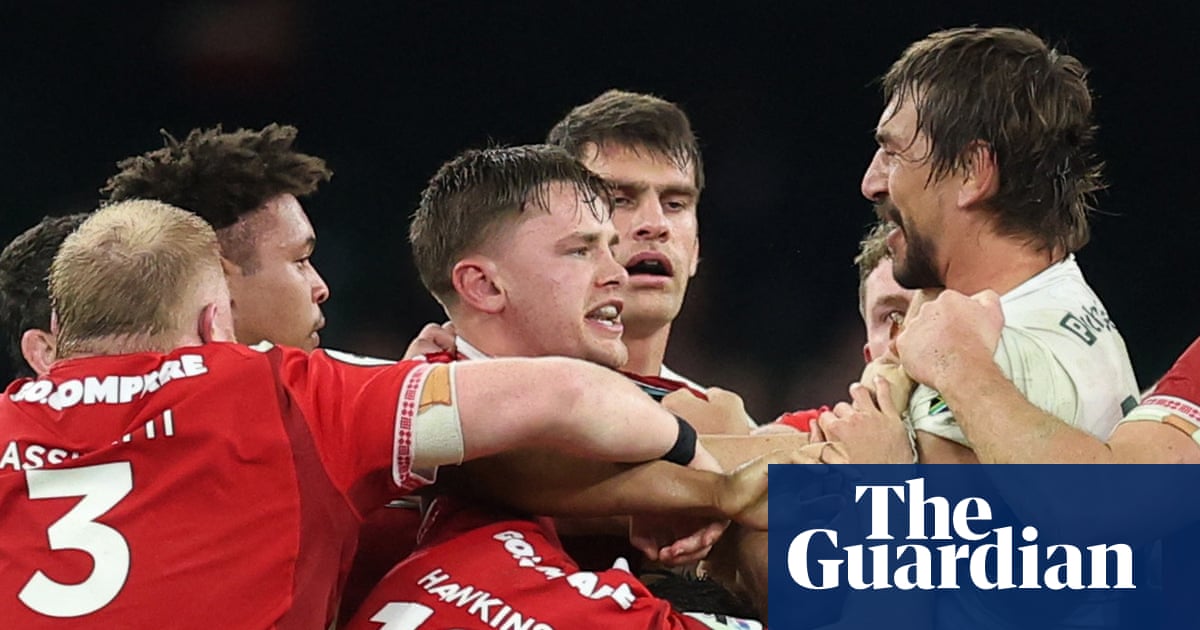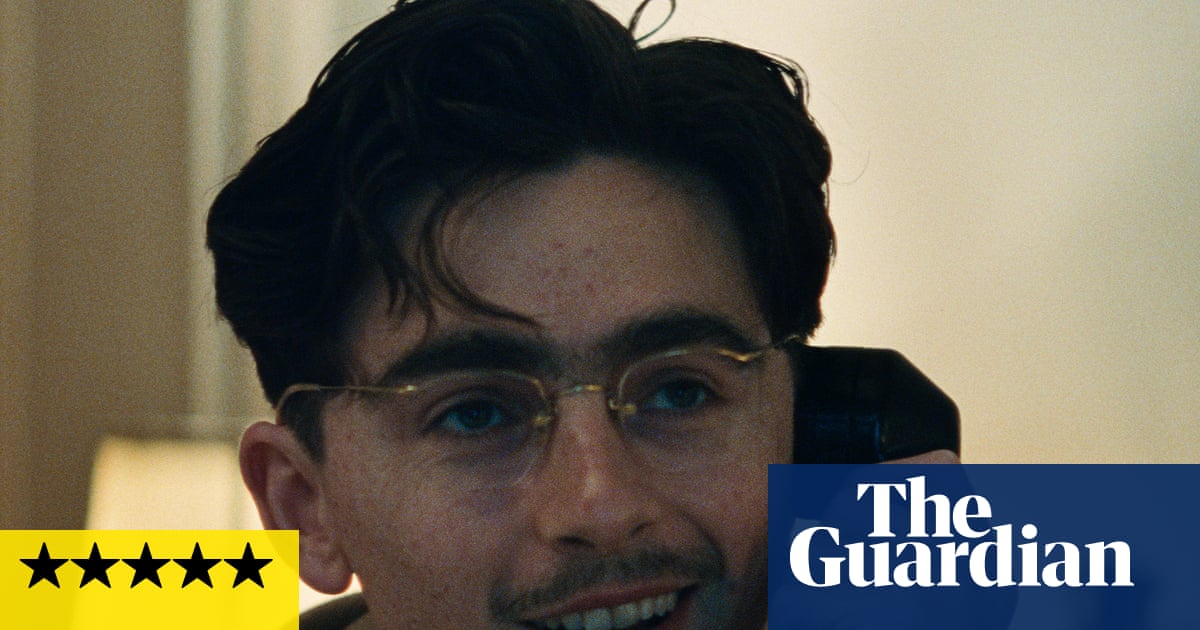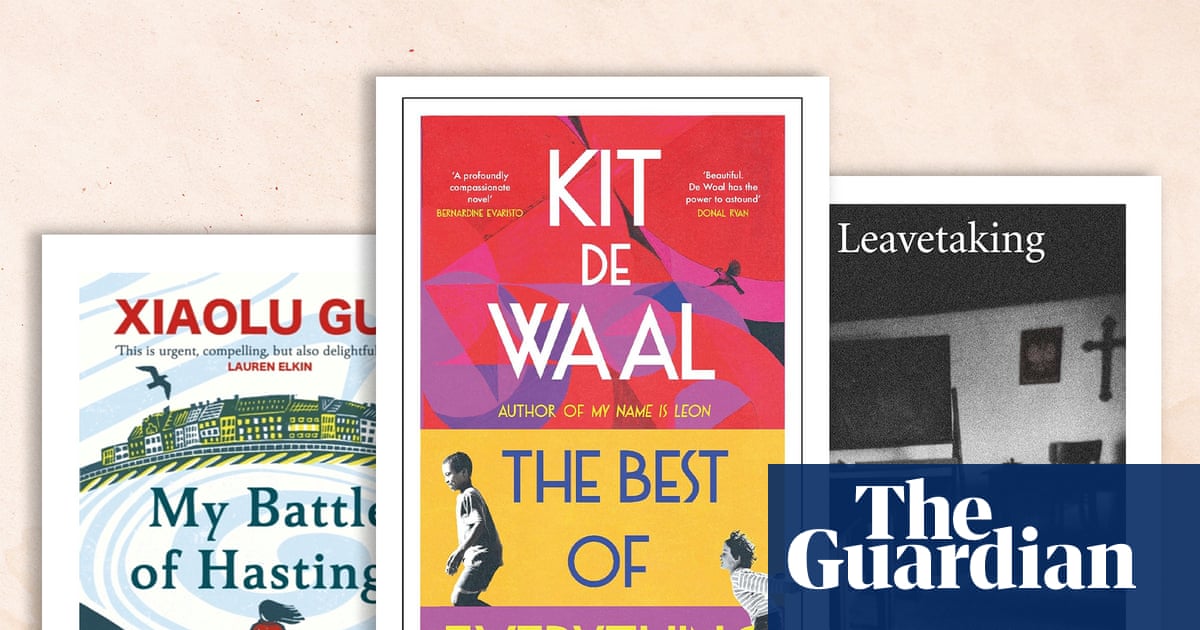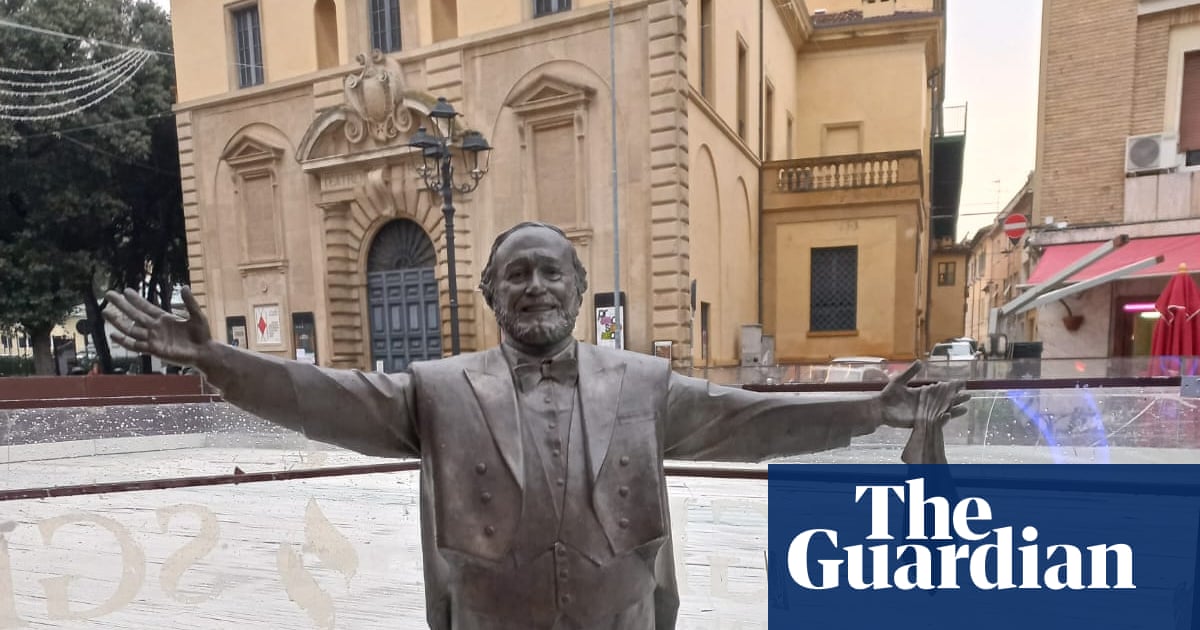Bernie Bolger and his brother didn’t really know much about Finska when they spotted an advertisement four years ago for the national championships in Sydney.
“We told some friends and all decided it would be funny if we signed up,” he recalls. “We didn’t know how serious or legit or what the structure would be of the tournament.”
The miniature-log-tossing sport, which hails from Finland, is mostly played among friends and family in parks and beaches during summer holidays in Australia.
Bolger found the vibe of the championships was more of a social fun day out than an elite competition. But a chance meeting at the tournament with the then head of the sport’s international association, Damien Landais, who had recently moved to Australia from France, put them on an unexpected path.
“We told him how much fun we had, and he was like, ‘Well, if you want to play more tournaments, there’s nothing else in Australia, but there is the World Championships overseas and Australia doesn’t have a team’,” he says.
Sign up: AU Breaking News email
In Europe, the game is taken much more seriously, Landais told them.
“We just went bang, we’ll do it, pencil it in the calendar … So from January that next year, [Landais] trained us like Cool Runnings,” Bolger says, referring to the 90s film about Jamaica’s first bobsleigh team. “He showed us all the different types of shots and all this extra knowledge.”
“It did feel like a joke leading up into it that we were a national team by default, because all you have to do is literally sign up and get yourself to the tournament,” he says.
“We just played for the country because no one else did.”
Saving for world Finska glory
Finska began to bloom in Australia in 2009, when Peter Nicholl, bored with his corporate job, began a business selling the game after he found someone trying to get rid of 1,000 sets on eBay. He also started the first championships, where Bolger and his friends competed.
“It seems to really have grown in popularity in the past five years,” Nicholl says.
At first, the game appears a bit like bowling, with cylindrical pins set side by side, but instead of rolling a ball, players chuck a piece of wood at them.
The game is based on Finnish skittles (“kyykkä”), played for centuries in Scandinavia. More recently, it has been standardised and trademarked into commercial games called Mölkky and Finska.
It can only be won by reaching exactly 50 points. Each pin has a corresponding value but … well, it’s a bit complicated. And with each turn, the pins are set back up, often pushing them further and further apart, making scoring harder.
The game’s potential to gain a competitive edge in Australia is growing, in part due to Bolger and his friends deciding to become Australia’s first national team, dubbed the Finskaroos.
In 2022, they played their first world championships in France. The next year they went to the game’s homeland, Finland, where the championships return every three years. Then, in 2024, it was Japan, and this year, Poland. Next year, they will return to Finland.
“Some people are saving up to buy a house; we’re saving up for the next Finska World Championships,” Bolga says.
Incredibly, while in Finland in 2023, the team beat Japan to win a smaller sub-tournament held as part of the world championships, where only three players compete as a team. For the main championship game, their best result has been reaching the top 16.
“Countries like France, they have hundreds of people that have to go through a selection process to get their team that competes,” says Bolger.
“Our selection process is: it’s just us.”
A championship is born
Three years ago, Bolger and the Finskaroos joined other Australians passionate about the game to form the Australian Finnish Skittles Organisation, which for the past three years has run national championships at the Petersham bowling club in Sydney’s inner-west.
after newsletter promotion
On Saturday, they held their third championship with its biggest pool of competitors yet.
Landais is ecstatic. “We were struggling to get to 100 [teams] in the past years. This year, we had 128 teams and 30 teams on the waiting list.”
It still feels like a family-friendly day out. Some competitors, in teams of two, have come dressed in costumes, while others are in team shirts made for the occasion. Many have a beer in hand.
“It’s so much better here,” Landais says when asked to compare Finska tournaments in other countries with Sydney’s event. “Because people are still competitive, but are still relaxed and laid back. The main thing is they just want to have fun.”
Competitors Ross Wharton, 65, and Bryce Greatorex, 68, travelled from Kalgoorlie in Western Australia to take part.
“We used to play around at Ross’s house for, like, New Year’s Eve and that sort of thing socially,” Greatorex says. “Then we found out about this tournament, so I said to Ross: ‘Let’s go for it’.”
Wharton says: “We’re both retired, so we’re looking for challenges. We’ve made some friends already.”
Another competitor, Hinako Takemoto, is visiting from Japan. Her team in Japan is called “no mistakes”.
“It’s more competitive pressure in Japan,” Takemoto says.
The association wants to expand and take the tournaments interstate. But recent approaches to bowling clubs in Melbourne didn’t spark interest, Bolger says.
George Catsi, the president of the Petersham Bowling Club, says other clubs should think “of their green as an opportunity” and get on board with Finska.
He said 20 years ago, the club was failing and facing redevelopment into a townhouse complex. But it was then revitalised by the community, which included ripping out the pokies, and turned into a hub.
“That sense of failure, if you like, that inability for bowls itself to sustain the club, allowed an opportunity to see the model a different way,” Catsi says.
Is Bolger worried that Finska’s growing appeal might unearth someone better than him at the game?
“Look, honestly, I’d love that,” he says.
“The dream is that one day people truly come to us and say ‘we want to beat you, and we want to represent Australia because we think we’re better’.”

 1 month ago
36
1 month ago
36
